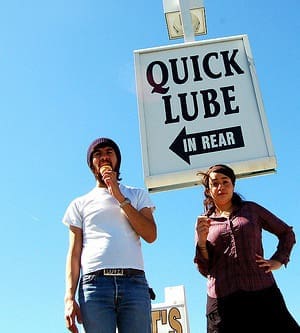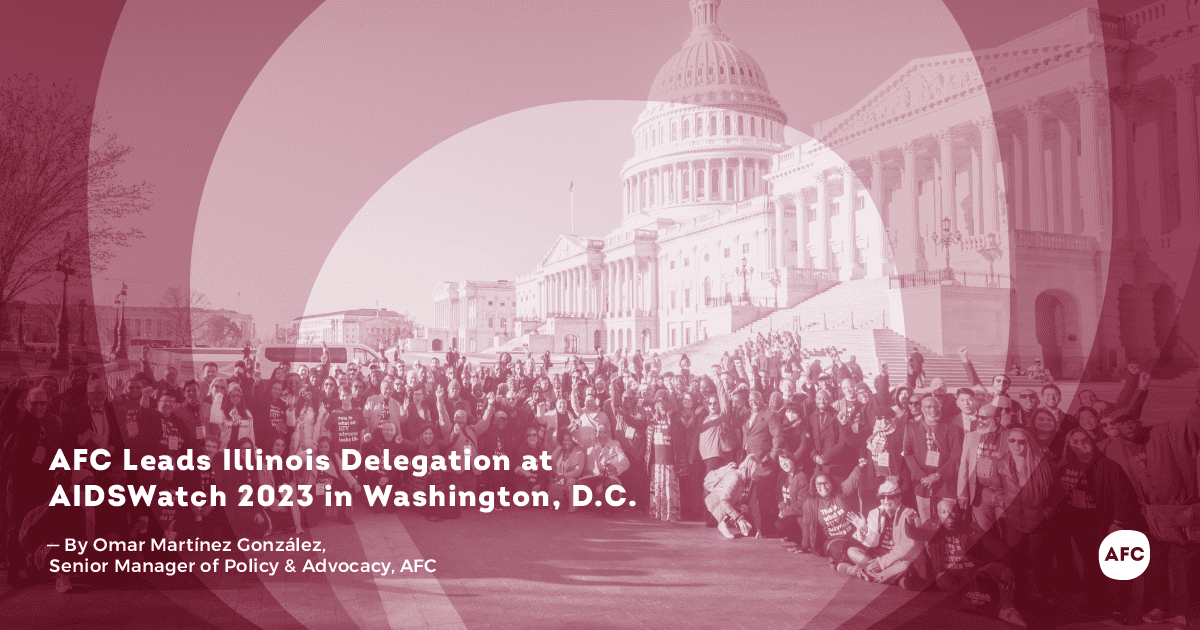 By Jim Pickett
By Jim Pickett
The shocking truth is we don’t know much about the safety of sexual lubricants and whether or not they may actually contribute to the spread of HIV.
We know that using condoms with condom-compatible lube is an important HIV prevention intervention. But more than 30 years into the HIV pandemic, we don’t know whether sexual lubricants (lubes) increase, decrease or have no impact on the risk of acquiring HIV and STIs.
In fact, it is only quite recently that most advocates, HIV prevention workers, researchers and policy makers have even realized that we don’t know the answer to this fundamental question.
Using male or female condoms consistently and correctly is considered the best way to prevent acquiring HIV and STIs during anal and vaginal intercourse. Importantly, the use of condom-compatible lubricants (lube) facilitates condom use and is associated with decreased risk of male condoms breaking or slipping. Condoms simply work better in conjunctions with condom-compatible lube, especially during anal intercourse. The anus does not lubricate on its own, so the majority of individuals who practice anal intercourse always use some form of lube.
Water-based and silicone-based lubricants are generally compatible with condoms. Petroleum-based products, including commercially-available oil-based lubricants, as well as hand creams, cooking oils and petroleum jelly degrade the latex in most condoms. These types of lubricants increase the risk of condoms breaking and therefore are not condom-compatible.
For years there was very little attention to lube safety. Before 2010, researchers and advocates who worked on this issue were voices in the wilderness. Researchers in Belgium tested lubes on slugs; at the Population Council they tested lubes in mice; at the University of Texas Medical Branch they tested lubes in the laboratory; and, at Johns Hopkins, they conducted what still remains the only study testing lubes in humans. Meanwhile, AFC’s IRMA (International Rectal Microbicide Advocates) began advocating for more research on lube safety.
Now a few more studies have been conducted or are underway. Researchers at the Population Council and the University of Pittsburgh have tested many lubes in the laboratory; at UCLA they have explored links between lube use and rectal STIs; and, at the U.S. Centers for Disease Control (CDC) they are testing lubes in the laboratory and in monkeys.
There is one thing that’s clear: We will not get an answer to the lube safety question. We need advocates to urge researchers, manufacturers, funders, donors, and policy makers to make this a priority.
Many men, women and transgender individuals use lubes during sexual intercourse, and there are hundreds of products on the global market. Sexual lubricants used for intercourse, anal or vaginal, have generally not been tested for safety in humans. Regulatory bodies such as the Food and Drug Administration (FDA) in the U.S. don’t require safety data from testing in humans.
At most, the FDA requires manufacturers to demonstrate that lubes are safe in the vaginas of rabbits. Meanwhile, a number of studies (in the lab and in humans) have revealed that some lubricants cause cell inflammation and damage, and another study identified an association between lube use and transmission of rectal STIs.
It is unclear what laboratory tests should be used to assess lube safety. Even when a study shows that a lube causes damage in the laboratory, we don’t know how that finding transfers to the real world. We don’t know to what extent — if any — using such a lubricant might lead to a higher risk of acquiring HIV or other STIs. Based on current evidence, we do know that lubes with higher osmolarity (a measure of the concentration of soluble components — or solutes — present in a solution) are associated with higher levels of inflammation and cell damage.
IRMA has prioritized the issue of lubricant safety for several years. The group coordinates a global Lube Safety Working Group comprising researchers, advocates, educators, and policy-makers from 12 countries — including all researchers who have worked on rectal safety of lubes, as far as we know. IRMA conducted a global survey on rectal use of lube in 2007 which provided valuable information on lube use, preferences, and acceptability among nearly 9,000 men and women from over 100 countries, establishing a list of the most widely-used lubes.
IRMA disseminates information on lube safety through key documents available in 7 languages and regular global teleconferences and gathers information on how lubes are regulated in various countries. So far, that includes the U.S., Canada, the U.K., Nigeria, South Africa and Australia. IRMA has also reached out to a number of manufacturers to get their perspective on lube safety, and to identify ways of working together.
Some of the more recent research, as well as the increased level of advocacy from IRMA in favor of both lube safety and lube access, have caught the attention of critically important players, including the CDC; several lubricant manufacturers; regulators such as the FDA; funders such as the U.S. National Institutes of Health (NIH); policy makers and donors such as the U.S. Office of the Global AIDS Coordinator (OGAC), which administers the President’s Emergency Plan for AIDS Relief (PEPFAR); normative bodies and multilateral agencies such as the World Health Organization (WHO) and the United Nations Population Fund (UNFPA); and major distributors of sexual and reproductive health commodities such as Population Services International (PSI).
Desperately needed now is a research agenda to articulate key research objectives that could ultimately help us answer the question of lube safety. We need to determine whether lubes increase, decrease, or have no impact on the risk of acquiring HIV and/or STIs. Even when microbicides that have been shown to be safe and effective and are widely available, potentially in the next decade, they will still be competing with hundreds of other lubricants that will remain on the market.
So, more studies and more funding for research are a must. A lube safety research agenda requires the involvement of advocates, researchers, manufacturers, policy makers and funders. It requires ongoing monitoring of regulatory oversight and adjustments to regulatory requirements. And all of this necessitates sustained action to ensure that lube safety remains on the HIV prevention research agenda and on the radar of funders, policy-makers, regulators, researchers and manufacturers.
In the meantime, and while this uncertainty persists, the bottom line is that we should continue to recommend the use of consistent and correct use of condoms with condom-compatible lube.
Jim Pickett is director of prevention advocacy and gay men’s health. He’s also chair of IRMA.
Notes:
International Rectal Microbicide Advocates (IRMA). “Safety of Lubricants for Rectal Use: Questions & Answers for HIV Educators and Advocates”, 2010. Available at www.rectalmicrobicides.org/docs/Lube%20safety%20Q&A%20FINAL%20Oct%2013.pdf.
International Rectal Microbicide Advocates (IRMA). Less Silence, More Science: Advocacy to Make
Rectal Microbicides a Reality. 2008, p. 32-40. Available at http://www.rectalmicrobicides.org/docs/IRMAColorFinalWeb.pdf.
Javanbakht M, Murphy R, Gorbach P, LeBlanc M-A and Pickett J. “Preference and practices relating to lubricant use during anal intercourse: implications for rectal microbicides”, Sexual Health, 2010, 7, 193–198. Available at http://www.rectalmicrobicides.org/docs/Sex%20Health%20anal%20lube%20practices.pdf.
IRMA materials page available at http://www.rectalmicrobicides.org/materials.php.
IRMA’s Teleconferences page available at http://www.rectalmicrobicides.org/teleconf.php: Calls for the following dates: 29 August 2011; 24 January 2011; 16 June 16 2010.Recording of a 2011 call on lube safety by IRMA and MSMGF available at http://www.msmgf.org/html/videos/lubesafety/index.htm



